
Savonia Article: Sustainable development the Portugese way – Erasmus exchange to Lisbon
A group of teachers from Helsinki vocational college and adult institute, went to see how their colleagues in Portugal promote the sustainable development of students. The Erasmus exchanges took place in the summer of 2023 (Erasmusvaihto henkilöstölle). A small group of teachers: a sustainable development teacher, a designer assistant teacher, a teacher of international subjects and a work coach headed to Lisbon to the Technical School of Val Do Rio.
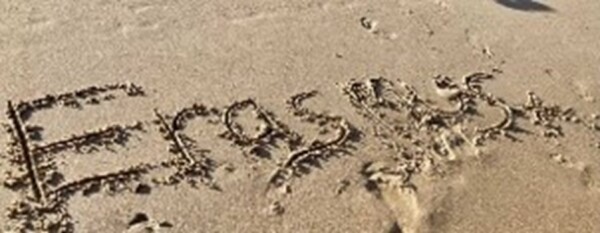
The goals of the exchange were to get to know how sustainable development is taught at vocational School in Portugal, how sustainable is considered in their internship, and how sustainable development is integrated into vocational education.
Education of sustainable development of Val Do Rio
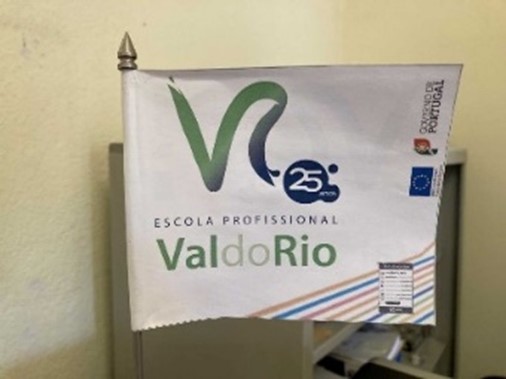
Val Do Rio Technical school is located in Oeiras, about half an hour away from the center of Lisbon. In this private vocational school, you can study as a multimedia technician, 3D graphic designer as well as electronics and communication technology. The institution has two campuses, one in Oeiras and the other in Estoril. The second campus has teaching in service fields and social fields. The school’s long-term leader is Jose Cunha. The school works in collaboration with the Plural Entertainment production company, the Emav TV company, the University of Lisbon’s Department of Architecture and Urbanism, and they also cooperate with the local police and private entrepreneurs.
Sustainable development is not taught as a separate subject at school, but the teaching of sustainable development is all integrated into other teaching. When teaching working life skills and preparing for work placements, the students go through, for example, issues of social sustainability, such as equality and equality.
In Val Do Rio, graphic design students studied the subject Global challenge as part of their vocational studies: sustainable development. They were taught responsibility and environmental friendliness. Agenda 2030 goals were on display in class. The students were able to get to know material choices, energy efficiency and recyclability. They emphasized the impact of design solutions on the environment. Various marketing campaigns, brand planning and packaging design were created at the school, which focused on environmental friendliness. (Agenda-2030).
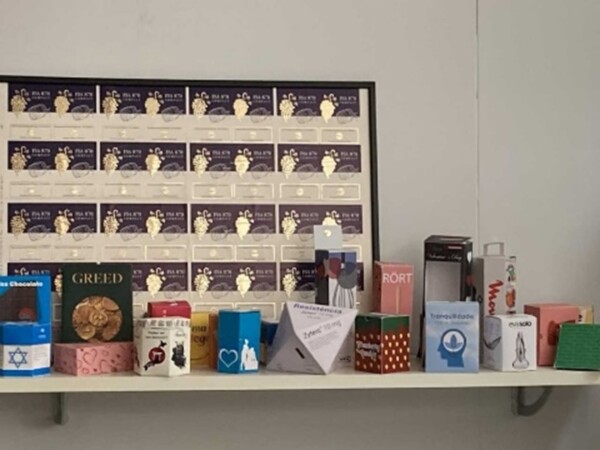
At the end of their studies, the students had a larger final project, which could be, for example, advertising material, a social media campaign, building design or the creation of sets, where environmental issues and ethical values had to be taken into account.
3D designer students made prints of structures and were taught to choose colors and materials in accordance with sustainable development, taking nature into account. They were also taught how to reduce waste and reduce energy consumption in printing work.
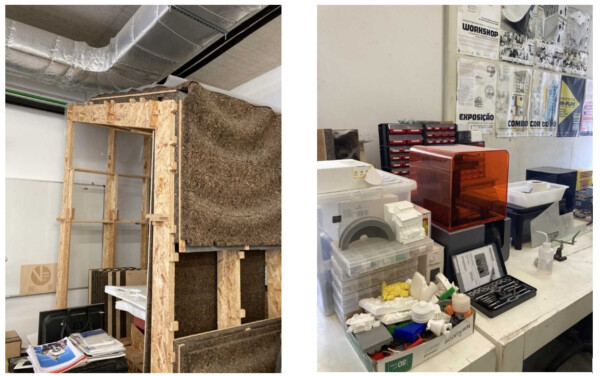
During internship students were encouraged to consider how their design solutions affect the environment of society. The student cooperated with the university where they also received instruction and experience from engineering, architect and other design students.
Ethical research and the globalization of cultures were subjects that had been integrated into the vocational education of design and multimedia technicians. In the design studies, the students considered how they will take into account the constant renewal of goods and sustainable consumption practices in their future work. They explore different ways technology could help with social and environmental problems. The students said that they had to understand the misuse of 3D technology and the ethical risks. They also told that in design it is important to understand how colors, shapes and images can be meaningful in different cultures and what they can mean in different contexts.
How was sustainable development reflected in the school’s everyday life?
We drew attention to the fact that there were no recycling or sorting points in the school. Basic sorting and recycling were not very well mastered by the students when we did some functional sustainable development exercises for them. We were left to think that even though elements of sustainable development have been nicely integrated into the teaching, the practices of sustainable development were not clearly visible in everyday life at the school. We also didn’t see any solar panels on the roof of the school, although there was no shortage of sunshine. The school is also quite old, and at some point, repairs might have been in order. We also noticed that the lights were on into classroom, even though the rooms were very bright, due to the sunny weather outside. The fans rocating in the ceiling were on everywhere and in some rooms there were also air heat pumps cooling the rooms.
The teachers were quite enthusiastic about our sustainable development teaching and materials, and how we teach sustainable development as a separate subject in the second grade. (Oppimismateriaalit kestävä kehitys 2023). We shared our materials with them and went through the different ways we have of studying sustainable development. We talked about our study structures and sustainable development studies, which are mandatory for everyone, as well as various optional sustainable development subjects.
We asked them to visit us in Finland. We look forward to seeing if we can present our campus and the teaching of sustainable development to them in practice next spring.
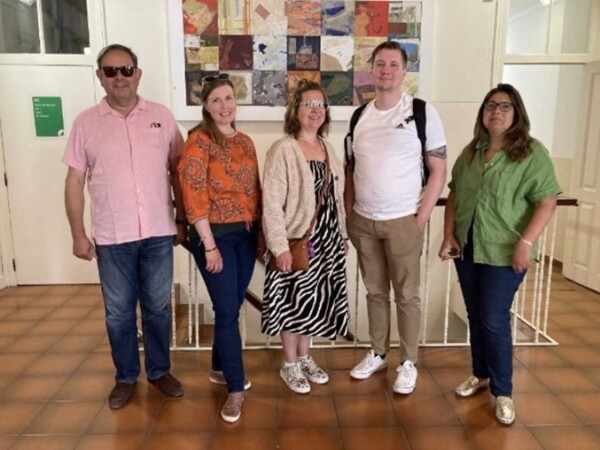
In the future, we can also direct our students to exchange opportunities in Lisbon, either in terms of internships or studies. This Erasmus exchange was a great start to a new international cooperation. The trip also opened my eyes to how our students get a wide variety of implementations in the teaching of sustainable development and how learning is promoted with different pedagogies.
Kirjoittaja:
Mia Vehviläinen (mia.vehvilainen@edu.hel.fi), kestävän tulevaisuuden YAMK-opiskelija. Työskentelee Stadin ammatti- ja aikuisopistossa kestävän kehityksen opettajana.
Lähteet:
Agenda 2030. Kestävän kehityksen tavoitteet. https://kestavakehitys.fi/agenda-2030. Viitattu 23.10.2023.
E-perusteet. Opetushallitus. https://eperusteet.opintopolku.fi/#/fi/ammatillinen/6779583/rakenne. Viitattu 23.10.2023
Erasmusvaihto. Euroopan Unionin virallinen verkkosivu https://erasmus-plus.ec.europa.eu/fi. Viitattu 23.10.2023
Oppimismateriaalit kestävä kehitys 2023. Stadin Ao Kampus 5. Classroom-oppimisympäristö. https://classroom.google.com/c/NjE4NTcwODc3MjUx Viitattu 23.10.2023
Vehviläinen, Mia 2023. Erasmus Exchange. Valokuva, 1.6.2023. Lissabon: Mia Vehviläinen kokoelmat.
Vehviläinen, Mia 2023. Val Do Rios flag Valokuva, 28.5.6.2023. Oeiras: Mia Vehviläinen kokoelmat.
Vehviläinen, Mia 2023. The students had designed and produced great packaging materials from recycled cardboard. Valokuva, 27.5.2023. Oeiras: Mia Vehviläinen kokoelmat.
Vehviläinen, Mia 2023. 3D prints. Valokuva, 30.5.2023. Lissabon: Mia Vehviläinen kokoelmat.
Vehviläinen, Mia 2023. Hosts and guests. Valokuva, 2.6.2023. Oeiras: Mia Vehviläinen kokoelmat.